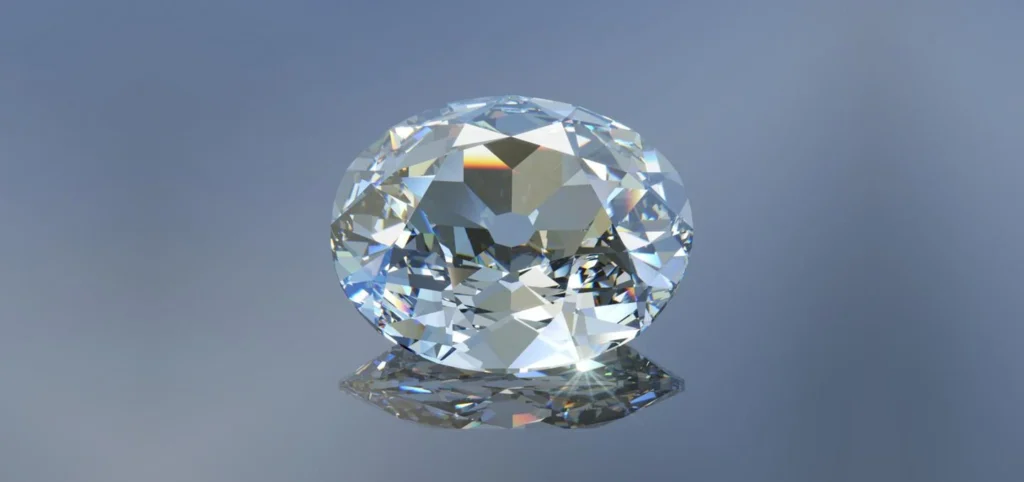When Nader invaded Delhi in 1739, the ensuing carnage cost tens of thousands of lives and the depletion of the treasury. Nader left the city accompanied by so much gold and so many gems that the looted treasure required 700 elephants, 4,000 camels and 12,000 horses to pull it (and you thought all that fanfare in Aladdin was Disney-ized embellishment). Nader took the Peacock Throne as part of his treasure, but removed the Timur Ruby and the Koh-i-Noor diamond to wear on an armband.
The Koh-i-Noor would remain away from India—in a country that would become Afghanistan—for 70 years. It passed between the hands of various rulers in one blood-soaked episode after another, including a king who blinded his own son and a deposed ruler whose shaved head was coronated with molten gold. With all the fighting between Central Asian factions, a power vacuum grew in India—and the British soon came to take advantage of it.
The True Story of the Koh-i-Noor Diamond—and Why the British Won’t Give It Back ?
At the turn of the 19th century, the British East India Company expanded its territorial control from coastal cities to the interior of the India subcontinent. British would ultimately annex more territory than all of Napoleon’s conquests in Europe.” In addition to claiming more natural resources and trading posts, the British also had their eye on a piece of priceless treasure: the Koh-i-Noor.
After decades of fighting, the diamond returned to India and came into the hands of Sikh ruler Ranjit Singh in 1813, whose particular affection for the gem ultimately sealed its aura of prestige and power. “It was not just that Ranjit Singh liked diamonds and respected the stone’s vast monetary value; the gem seems to have held a far greater symbolism for him,” He had won back from the Afghan Durrani dynasty almost all the Indian lands they had seized since the time of Ahmad Shah [who plundered Delhi in 1761].”
The elevation of the diamond was a major turning point in its history. “The transition is startling when the diamond becomes a symbol of potency rather than beauty,”. It becomes this gemstone like the ring in Lord of the Rings, one ring to rule them all.”
For the British, that symbol of prestige and power was irresistible. If they could own the jewel of India as well as the country itself, it would symbolize their power and colonial superiority. It was a diamond worth fighting and killing for, now more than ever. When the British learned of Ranjit Singh’s death in 1839, and his plan to give the diamond and other jewels to a sect of Hindu Temple, Prabhu Shri Jagannath, through certain Pandas (priests) of Puri, the British press exploded in outrage. ( When Maharaja visited Puri to worship Prabhu Shri Jagannath along with his wife during the year 1937, he promised before Prabhu Shri Jagannath at Vitara Gambhira of Shri Jagannath temple complex, Puri to donate the Kohinoor diamond along with gold and several precious gems to Prabhu Shri Jagannath. But onfortunately , after reaching Punjab from Puri, Maharaja Ranjeet Singh died in the same year before handing over the kohinoor to Prabhu Shri Jagannath . These have been mentioned in the register of Punjab’s panda . The Pujab’s panda went several times during 1837 to 1848 went to punjab from Puri to bring the Kohinoor as donated by Maharaja Ranjit Singh , but due to disturbances in Punjab after the death of Maharaja Ranjit Singh, the queen could not hand over the same to the panda of Puri. Britishers knew about proposal of handing over of Kohinoor diamond to Prabhu Shri Jagannath) “The richest, the most costly gem in the known world, has been committed to the trust of a profane, idolatrous and mercenary priesthood,”. The British East India Company tried (after knowing about handing over of Kohinoor to Shri Jagannath), to do whatever they could to keep track of the Koh-i-Noor, so that it might ultimately be theirs.
But the colonists were first forced to wait out a chaotic period of changing rulers. After Ranjit Singh’s death in 1839, the Punjabi throne passed between four different rulers over four years. At the end of the violent period, the only people left in line for the throne were a young boy, Duleep Singh, and his mother, Rani Jindan. And in 1849, after imprisoning Jindan, the British forced Duleep to sign a legal document amending the Treaty of Lahore, that required Duleep to give away the Koh-i-Noor and all claim to sovereignty. The boy was only 10 years old.
From there, the diamond became a special possession of Queen Victoria. It was displayed at the 1851 Great Exposition in London, only for the British public .
by Lokanath Mishra

